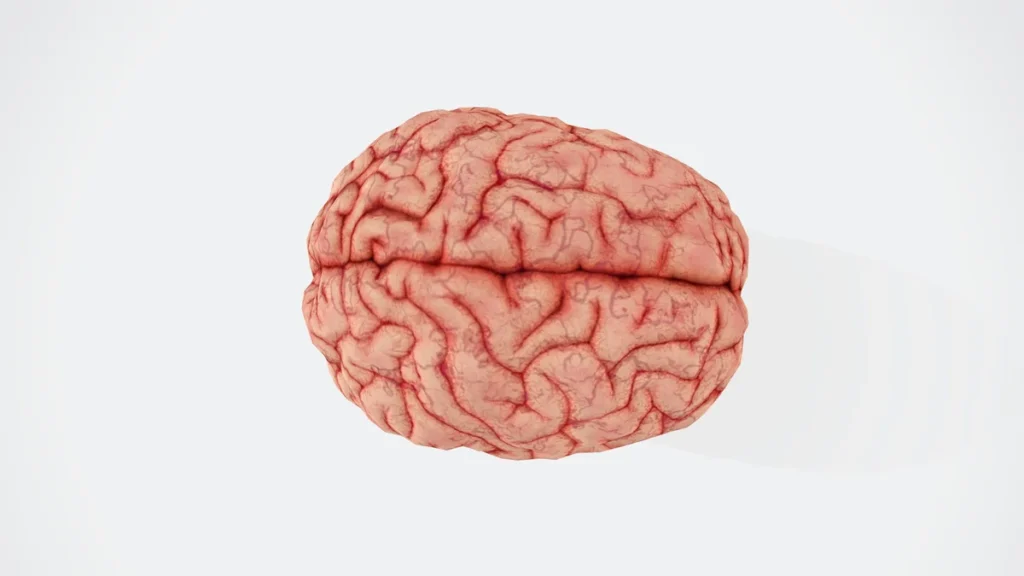Our understanding of ADHD has come a long way in just a few short years. Though it wasn’t even formally recognized as a medical condition until the 1960s, by the time the 90s rolled around, diagnoses and stimulant prescriptions were extremely prevalent.
Today, diagnoses and treatment are a lot more thoughtful and individualized, and there are more options for treatment and therapy. Even with all these advancements, though, we still have more to learn.
A new long-term study published in the Journal of Clinical Psychiatry has proven to be an excellent next step in getting a better understanding of the disorder.
Also Read: Why Airlines Sometimes Offer Money To Switch Flights
The Study: A 16-Year Look at ADHD Symptoms Over Time
Researchers studied 483 participants who were diagnosed with ADHD in childhood and continued to assess them for a period of 16 years. The study’s authors wanted to get a sense of how ADHD symptoms might change over time.
What the researchers found surprised them. In most participants, symptoms of ADHD fluctuated greatly over the years. What surprised them even more were the environmental factors that seemed to play a role in those fluctuations.

The Unexpected Findings: When Life Got Busier, ADHD Symptoms Got Milder
Researchers expected that greater life demands—like more responsibility at work, a heavier workload at school, major life changes, etc.—would exacerbate ADHD symptoms. What they found was the opposite.
“We expected the relationship between environmental demands and ADHD symptoms to be the opposite of what we found,” study author, professor, and clinical psychologist Margaret H. Sibley explained. “
We hypothesized that when life demands and responsibilities increased, this might exacerbate people’s ADHD, making it more severe. In fact, it was the opposite. The higher the demands and responsibilities one was experiencing, the milder their ADHD.”
Why This Makes Sense for Some People With ADHD
A parent of a child with ADHD noted, “We find it’s actually easier to be in perpetual motion sometimes—out running errands, doing activities, visiting friends and family—versus staying put too long.
When we’re just relaxing at home, that’s when she tends to start bouncing off the walls!”
Doing nothing or doing very little is not often a restful state for people with ADHD. Typically, people with ADHD experience more background noise than neurotypical brains—so a quiet, seemingly restful environment can sometimes amplify racing thoughts, negative self-talk, and impulsive behavior versus dampening it.
Of course, as always in science, you have to be careful assuming causation from the findings.
What This Means for ADHD Management
It’s important to note that the results of the study don’t definitively prove that being busy causes a decrease in ADHD symptoms. “
This might mean that people with ADHD perform their best in more demanding environments (perhaps environments that have stronger immediate consequences, like needing to put food on the table for a family or pay rent monthly).
It also might mean that people with ADHD take more on their plate when their symptoms are relatively at bay,” Sibley says. Either way, the correlation is certainly strong and worthy of more study.

A Hopeful Takeaway for ADHD Patients and Families
The study’s authors think the results could be viewed in a hopeful light for people just learning to manage their ADHD. “
If you’re a doctor talking with a patient who is first getting diagnosed with ADHD, it’s a huge help for that person to hear the message that, ‘You’re going to have good years and not-so-good years, but things can go really well for you if you can get the right factors in place,’” Sibley said.
We’re learning more and more about what those factors are—what might exacerbate symptoms and what types of things can help—and we’re starting to get a clearer picture of how people can manage this challenging disorder.



